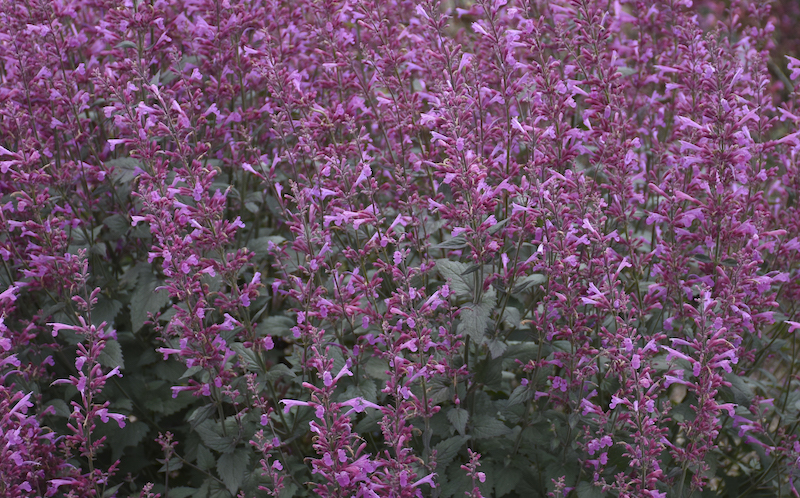Plants in the mint (Lamiaceae) family prefer to grow in lean soil with exceptional drainage. Much like other herb plants, Agastache is not a heavy feeder and rarely needs fertilizer. Often a light topdressing of organic compost at the beginning of the growing season is plenty to support healthy growth. Plants that are heavily fed or watered will put on lush growth and flower heavily, but they also are much less hardy and only likely to survive one or two growing seasons.

How to Fertilize Agastache
Acidic, well-draining soil in full sun is the ideal situation for growing Agastache. While many types of Agastaches are native to the prairies and plains of North America, they will thrive in Mediterranean conditions with hot dry summers with little supplemental watering required. Overfertilizing Agastache will result in dense top growth inadequately supported by the root system. An extended-release fertilizer is best suited to plants like Agastache that require a lower amount of nutrients over a growing season. A granular fertilizer applied to the soil and lightly scratched into the soil will break down over the course of a few months and will only need to be reapplied the following spring.
Best Time To Fertilize Agastache
Fertilizing in the spring helps the plant put on strong growth early in the season. Agastache thrives on low levels of nutrients in the soil and does not require more than one application of fertilizer a year.
Best Fertilizer For Agastache
Choose a balanced fertilizer that will support even foliage growth, flowering, and strong root development. Dr. Earth All Purpose granular fertilizer has a balanced NPK ratio of 4-4-4 and is certified by OMRI (Organic Materials Research Institute) to be appropriate for organic and sustainable growing practices. Topdressing the root zone with a 1-2 inch layer of organic compost will also slowly release nutrients into the soil. This should be done when the new growth in spring emerges. Keep in mind the nutrient levels in compost can be unpredictable unless it has been professionally tested.
Agastache Fertilizing Tips
- Over-fertilizing will result in plants that are less hardy and only grow for 1 -2 seasons.
- Extended or slow-release fertilizers support steady, even growth through the season
- Lightly feed once during the spring as the new growth emerges
- Compost is a great slow-release fertilizer, although the nutrient levels are often unpredictable.
Warnings
-Always wear protective gloves and a face mask when handling chemical fertilizers.
-Closely follow all directions and storage guidelines that are on the fertilizer label.
 |
Author Robbin Small - Published 7-16-2023 |
